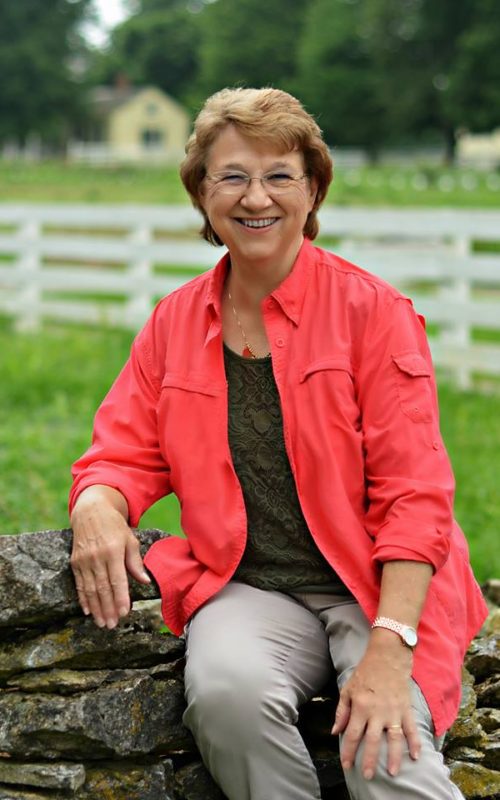 By Ann H. Gabhart
By Ann H. Gabhart
So why didn’t the Shakers think it was proper for a man and woman to marry?
One of the things people question most about the Shakers is why they believed in celibacy. That seems self-defeating for a society that wanted to expand. It is also somewhat amazing that the societies did see amazing growth in the early 1800s as they added villages all across the eastern United States plus some in what was considered the western frontier at the time. Two of those were in Kentucky with the Pleasant Hill Shaker Village in Mercer County established in 1805 and the South Union Village in Logan County in 1807.
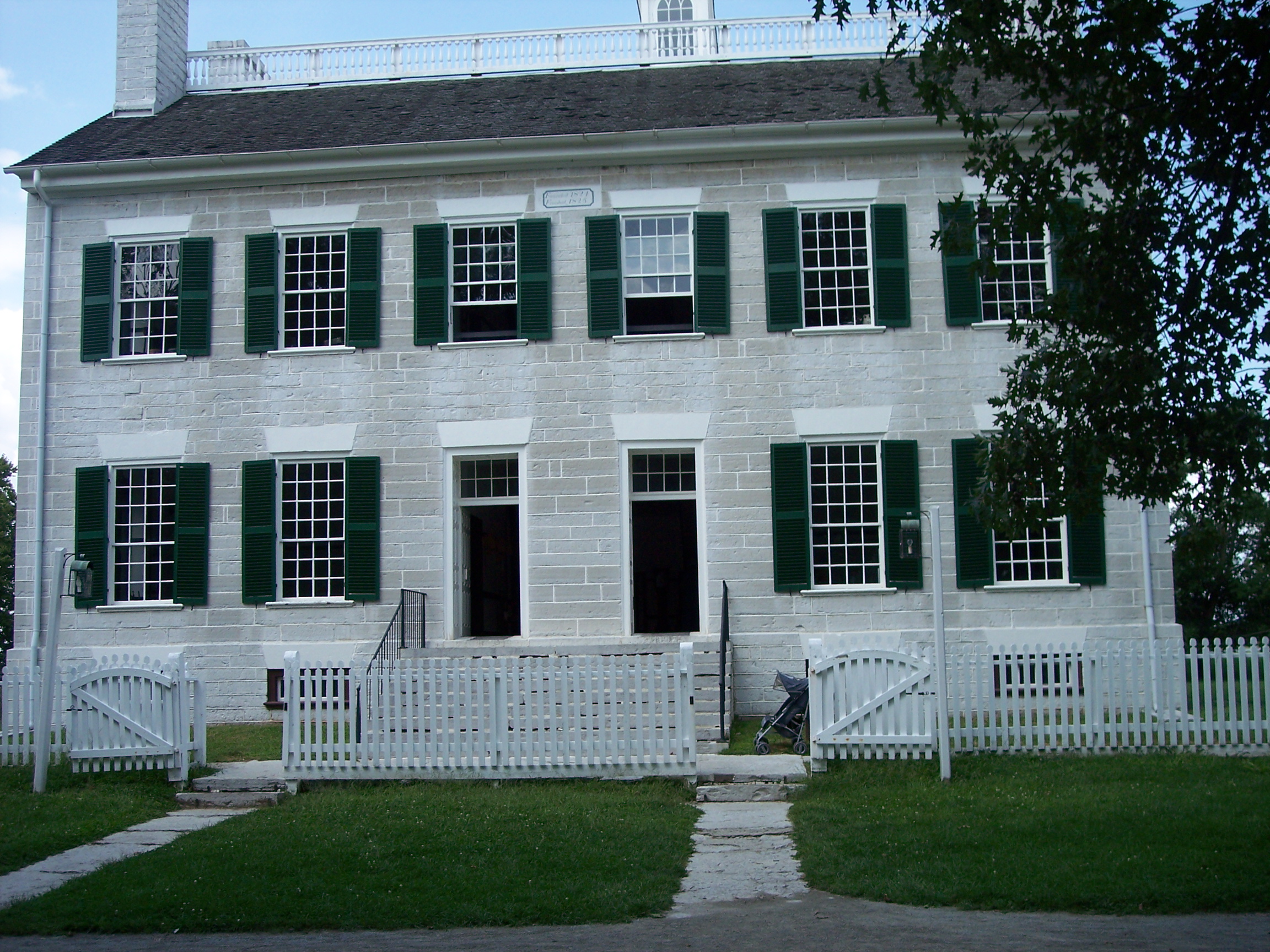 Ann Lee, the founder of the Shaker religion, was born to a poor family in England. You might be surprised to know she did marry and had four children who all died in infancy. She came to believe that the death of her children was the Lord’s way of revealing to her that marriage was wrong and to be truly devout all should live together as brothers and sisters. The Shakers had the aim of making their villages heavens on earth. So to that end, they pointed out the Scripture where Jesus says, “When the dead rise, they will neither marry nor be given in marriage; they will be like the angels in heaven.” (Mark 12:25 NIV) If the Shakers wanted to live as those in heaven lived, then there could be no marriages in their villages.
Ann Lee, the founder of the Shaker religion, was born to a poor family in England. You might be surprised to know she did marry and had four children who all died in infancy. She came to believe that the death of her children was the Lord’s way of revealing to her that marriage was wrong and to be truly devout all should live together as brothers and sisters. The Shakers had the aim of making their villages heavens on earth. So to that end, they pointed out the Scripture where Jesus says, “When the dead rise, they will neither marry nor be given in marriage; they will be like the angels in heaven.” (Mark 12:25 NIV) If the Shakers wanted to live as those in heaven lived, then there could be no marriages in their villages.
Mother Ann, as the Shakers called Ann Lee, taught peaceful living. She left these instructions. “Our testimony is for peace, now and always. No Christian can use carnal weapons or fight. He never did so. We oppose wars of households, and wars of nations. All wars are the result of lusts for lands and for women. Those who marry will fight.”
You have to think she and her husband did not have a good relationship. In fact after she came to America in 1774 with a handful of followers and began to seek converts, her husband left her. Ann Lee died in 1784, but the Shaker sect continued to draw in converts. In 1854, the Shakers published “Principles and Practices of the People who are called Shakers.” The following is the 8th principle and practice listed.
A united interest in all things in their general order; but none are required to come into it, except as a matter of choice; for this order is not a principle; but is the result of mutual love and unity of spirits; and cannot be supported where the selfish relations of husband, wife, and children exist. This order is the greatest and clearest demonstration of practical love. “By this shall all men know that ye are my disciples, if ye have love one to another.”
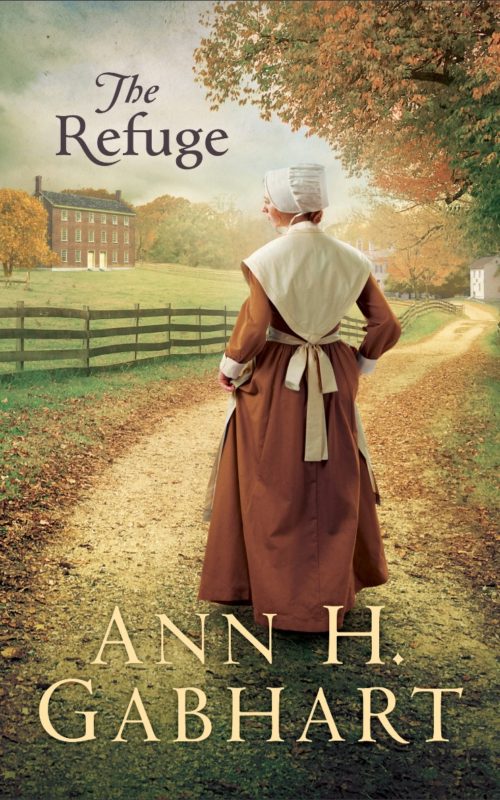
Ann’s new book, The Refuge, release on April 30, 2019
Does The Refuge have romance in the story?
Love can be forbidden. Marriage can be forbidden, but the Lord made man and woman and gave them that desire to love and be loved in a marriage relationship. So, some of those who joined with the Shakers struggled to abide by the no romantic love rules. Many left the Shakers, sometimes with a Shaker of the opposite sex since love can happen anywhere.
When I write my Shaker books, I often sneak romance in the back door. That wasn’t quite as true in this particular story, The Refuge. My character is married when she comes to the Shakers. She and her husband join the Shakers to escape a new cholera outbreak since Shakers seemed immune to the disease. We know now that was because they had clean water, but in 1849, many thought cholera was caused by “bad air.” So Darcie and Walter came into the village to escape death and planned to leave in the fall after the danger of cholera was past. But the first line of the book has Darcie thinking “You can’t cheat death.” Walter is killed in an accident and Darcie, having conceived a child before joining the Shakers, is left with no resources to make her way in the world. So she stays even though she knows the Shakers have a children’s house where all the children live with a few Shakers watching over them. She cannot imagine giving up her child to others to raise. She has to trust the Lord to find her another way. And yes, romance may be involved.
In The Refuge, Darcie sometimes had kitchen duty. The Shakers did eat well. While they raised much of their own food, they didn’t raise lemons. So being frugal, they came up with a recipe that used the entire lemon. It’s still on the menu at the restaurant at Pleasant Hill Shaker Village. It’s a bit tart. I love lemon pie, but this one is different. The first time my taste buds said no thanks, but the last time I tried it, I actually liked it. The difficult part of making this pie is slicing the lemons thin enough. If I figure out how to do that, I might give making the pie a try.
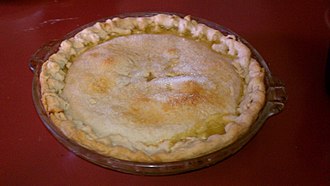 SHAKER LEMON PIE
SHAKER LEMON PIE
2 large lemons 2 cups sugar 4 eggs, well beaten
Slice the lemons as thin as paper, rind and all. Combine with sugar; mix well. Let stand 2 hours, or preferably overnight, blending occasionally. Add beaten eggs to lemon mixture; mix well. Turn into an unbaked 9 inch pie shell, arranging lemon slices evenly. Cover with top crust. Cut several slits near center. Bake at 450 degrees for 15 minutes. Reduce heat to 375 degrees and bake for about 20 minutes or until a silver knife inserted near edge of the pie comes out clean. Cool before serving. (Recipe from The Shaker Cook Book by Caroline B. Piercy)
Happy reading!
Do you think you’d like to read a Shaker story or bake a Shaker lemon pie?
About the Author:
 ANN H. GABHART, the bestselling author of over thirty novels, has been called a storyteller. That’s not a bad thing for somebody who grew up dreaming of being a writer. Ann’s historical novels, including her popular Shaker series, have Kentucky backgrounds. Her new release, The Refuge, is her 8th Shaker novel. Ann also writes about family life, love and sometimes mystery (as A.H. Gabhart). Recently she headed to the Appalachian Mountains for These Healing Hills while her 2018 release, River to Redemption, was inspired by a true story that happened in the Kentucky town of Springfield. She and her husband have three children and nine grandchildren and enjoy life out on their Kentucky farm. To find out more about Ann and her books, visit www.annhgabhart.com. You can also join in the conversation on her Facebook page, www.facebook.com/anngabhart or Twitter @AnnHGabhart.
ANN H. GABHART, the bestselling author of over thirty novels, has been called a storyteller. That’s not a bad thing for somebody who grew up dreaming of being a writer. Ann’s historical novels, including her popular Shaker series, have Kentucky backgrounds. Her new release, The Refuge, is her 8th Shaker novel. Ann also writes about family life, love and sometimes mystery (as A.H. Gabhart). Recently she headed to the Appalachian Mountains for These Healing Hills while her 2018 release, River to Redemption, was inspired by a true story that happened in the Kentucky town of Springfield. She and her husband have three children and nine grandchildren and enjoy life out on their Kentucky farm. To find out more about Ann and her books, visit www.annhgabhart.com. You can also join in the conversation on her Facebook page, www.facebook.com/anngabhart or Twitter @AnnHGabhart.
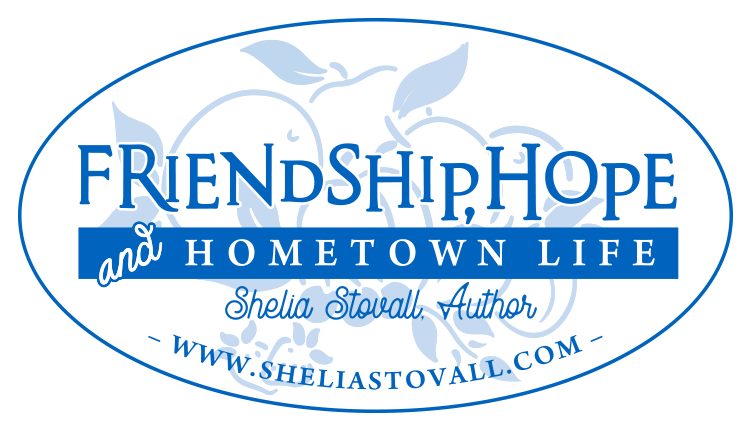
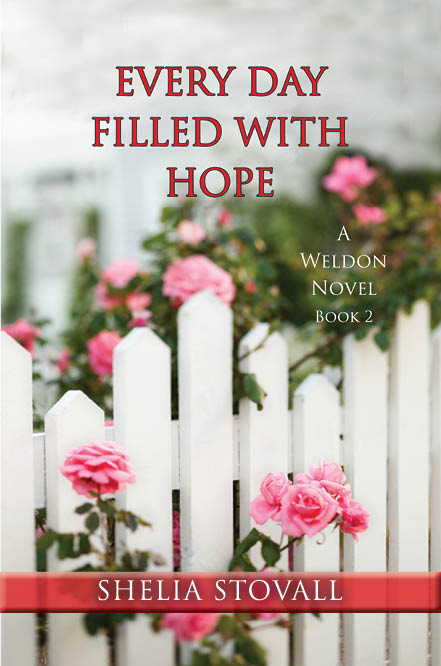
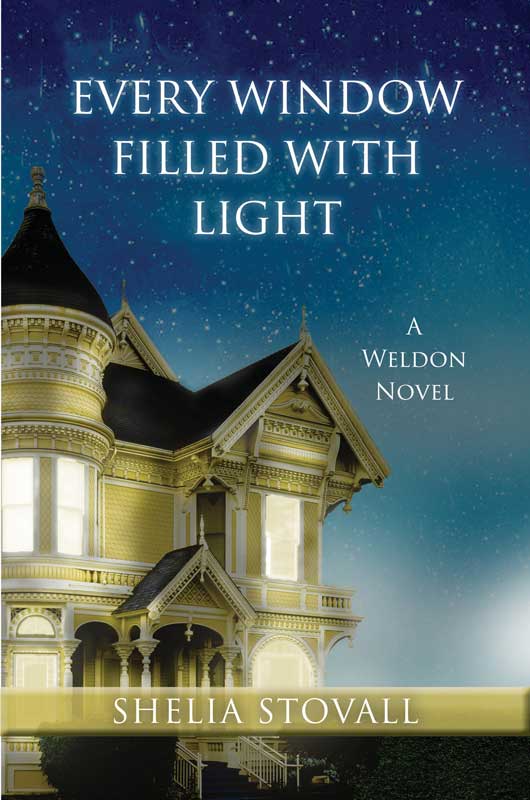


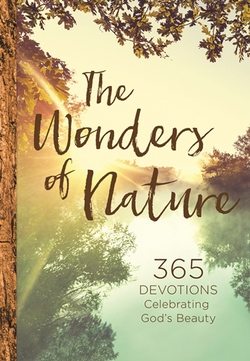
Always enjoy “Shaker” books, learning their history and life style.
I agree. Even though I grew up about five miles from South Union, I never knew much about the Shakers until reading Ann’s books. I didn’t realize a married couple might join and even give up being their rights to parent their children. My husband has a relative who left the Shakers and married. (Lucky for us.) I recommend this book to anyone who loves history with a slice of romance. I love that Ann also included a Shaker recipe for lemon pie. I’m going to try it.
Thanks, Betty Ruth for giving my books a look. Hope you will enjoy The Refuge if you get a chance to read it.